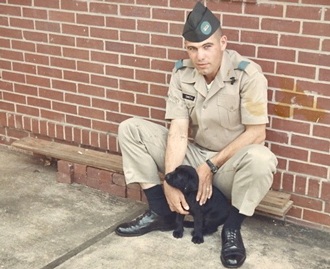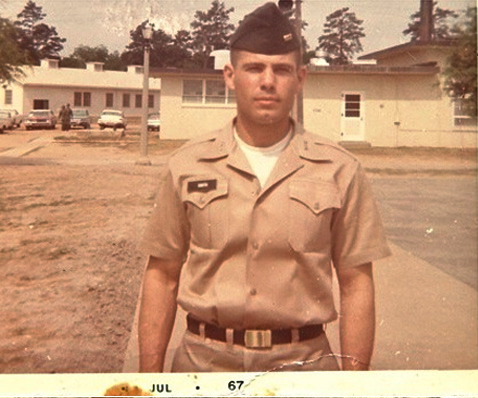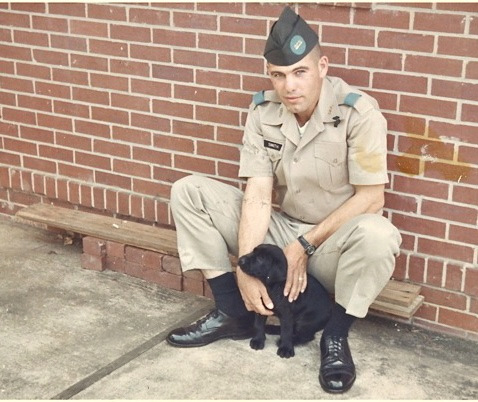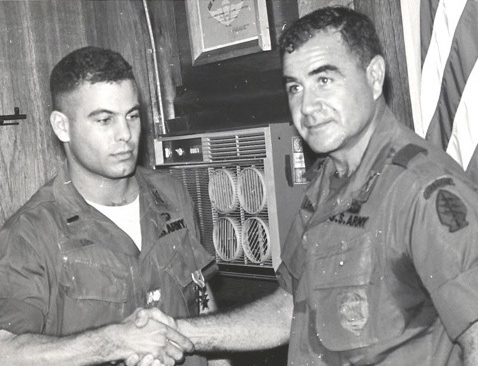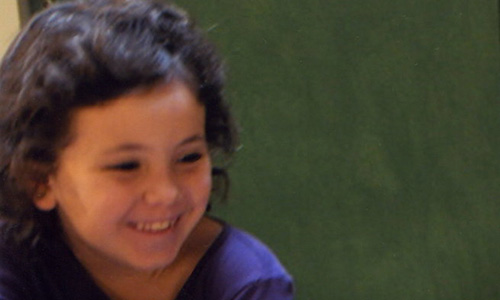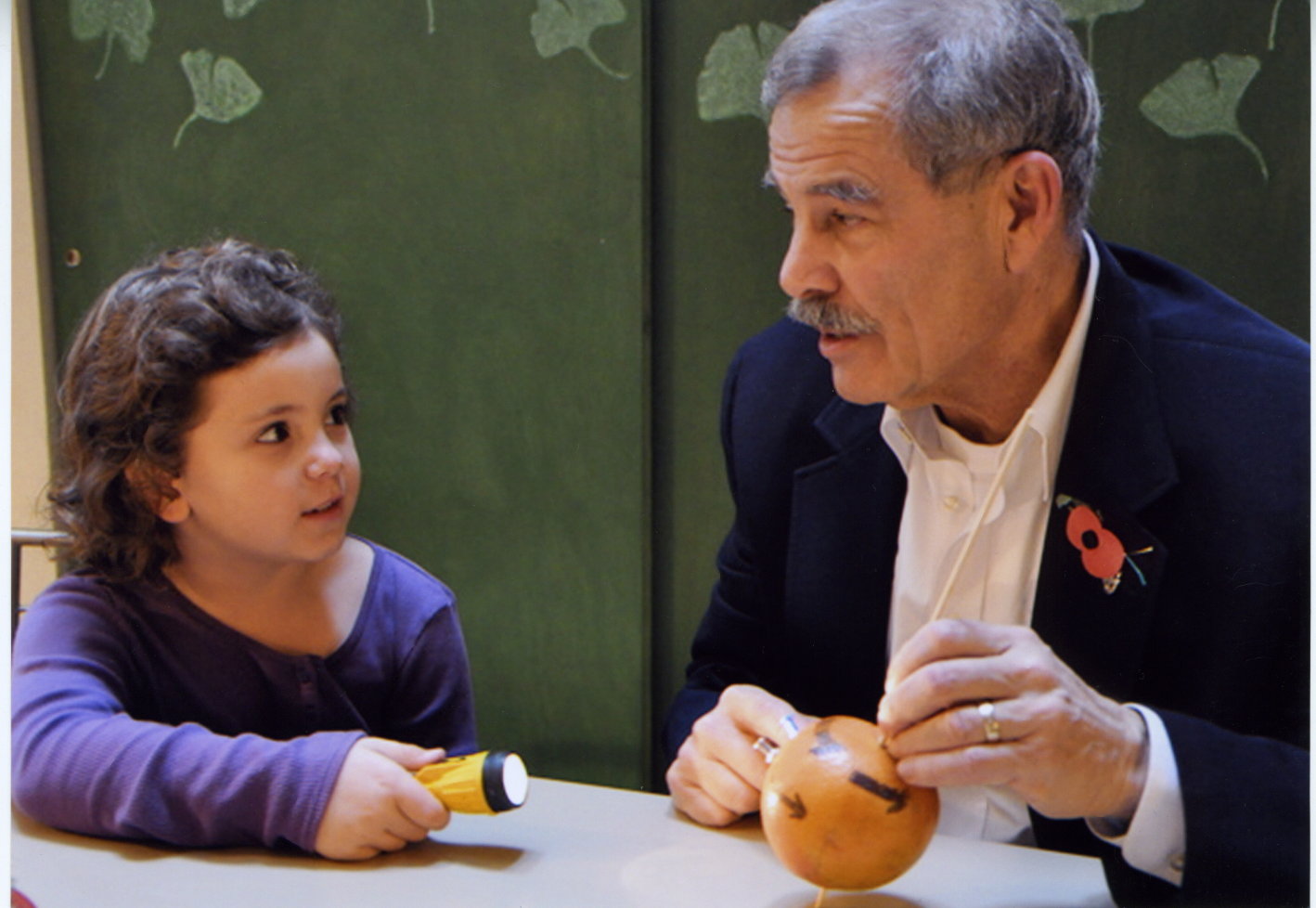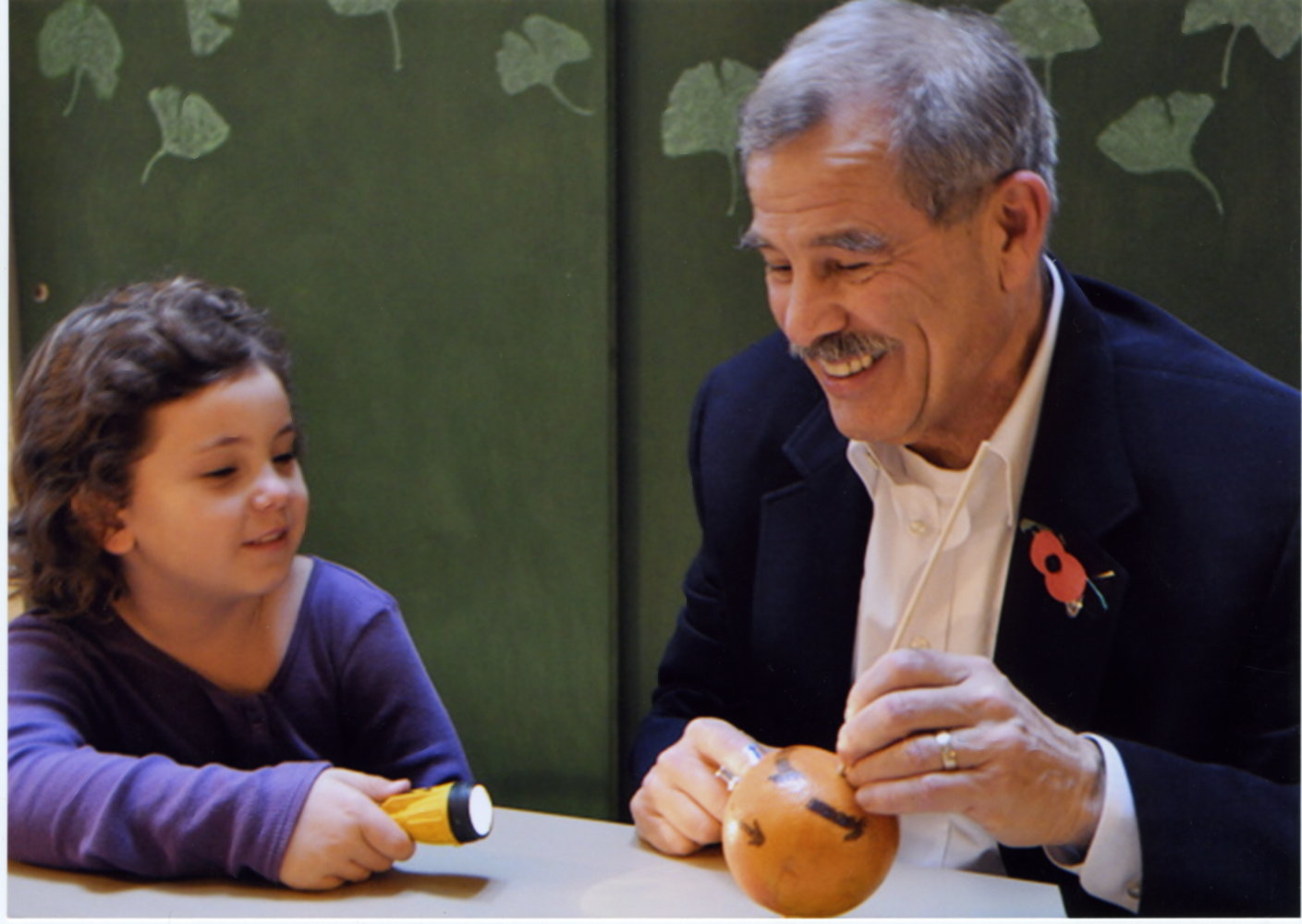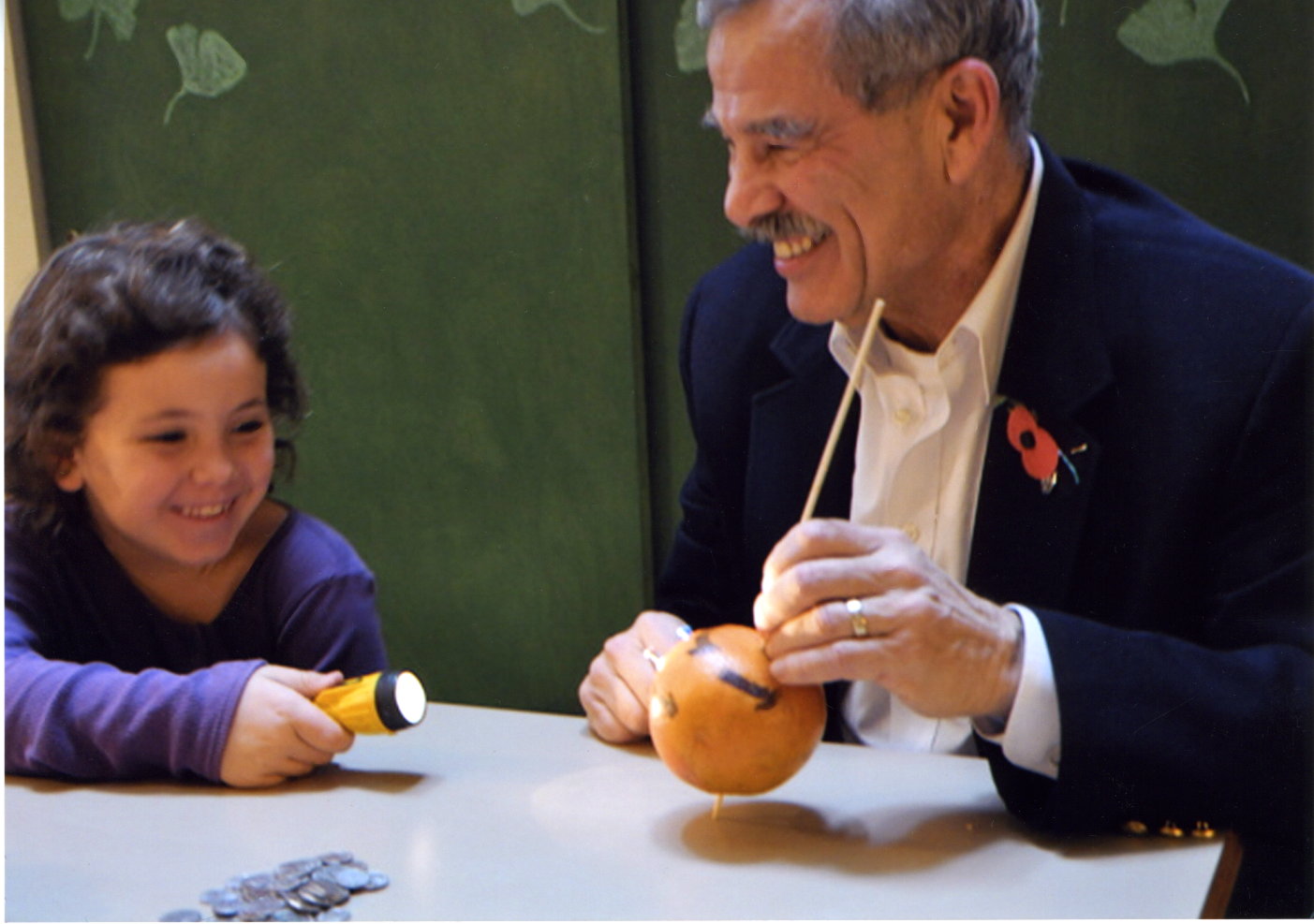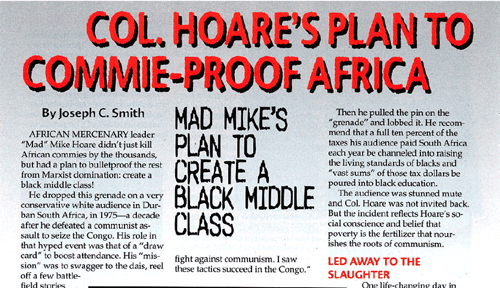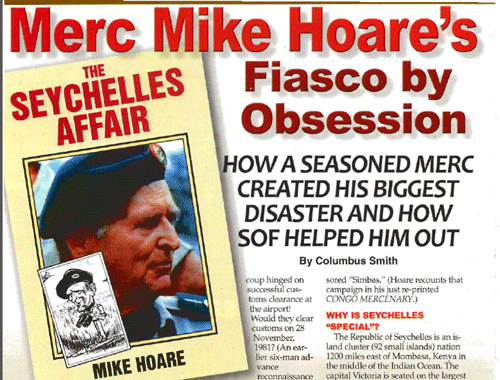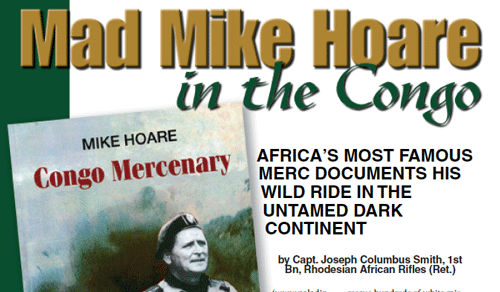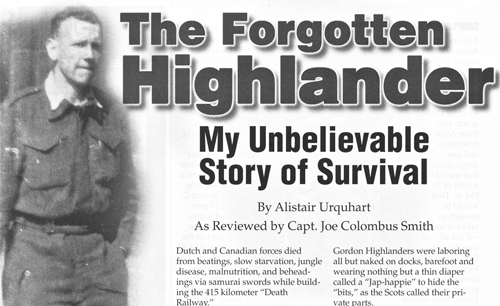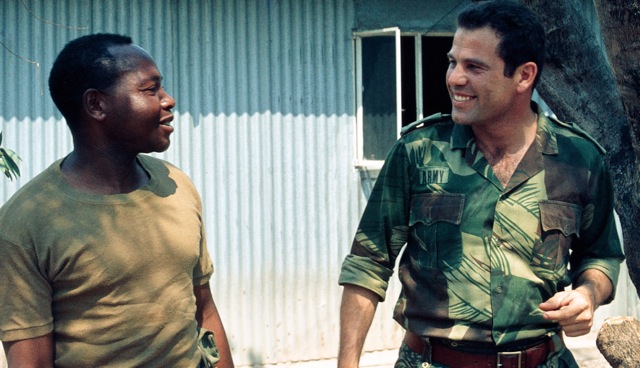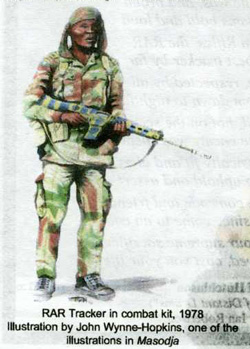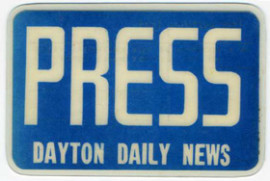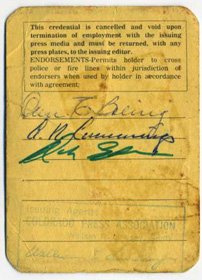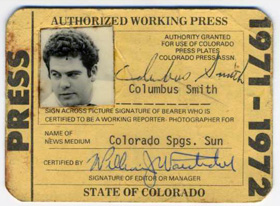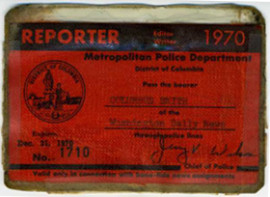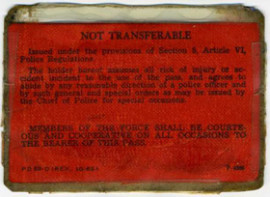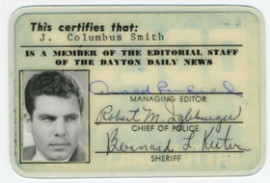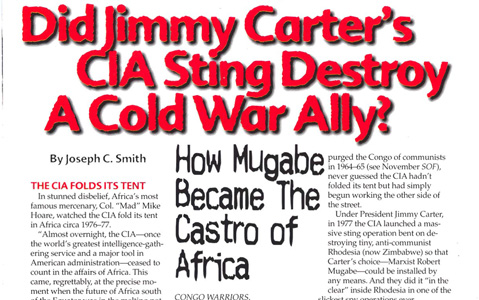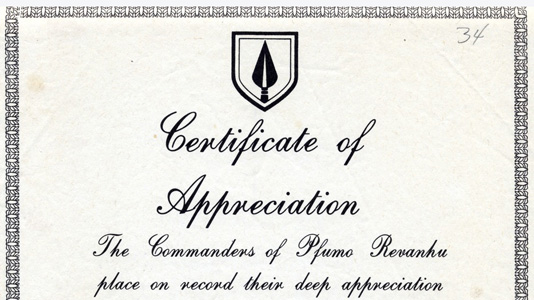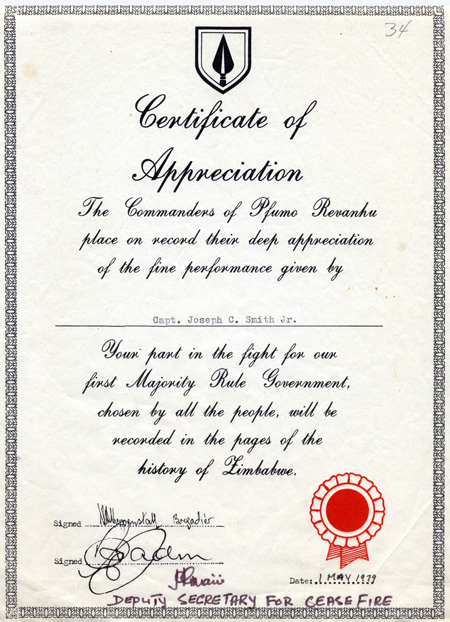Published in OMEN • JULY 2019
In my math of mass murder, three who recently tossed their lives away at killers, may well have saved 63 lives… or more. And a fourth mass murder attempt was stopped dead, with no loss of life, when a former football star tackled an armed student at Parkrose High School in Oregon.
A few brave and selfless souls have tossed away their lives to save others recently, but it slides off our ra- dar as just another single death, a solo tragedy. But we wake up and say “OMG” when we read of twelve shot dead in Virginia Beach by a guy with two .45 auto landing handguns but don’t give a second thought to one senior lady shot in synagogue. Never linking the two. That single death may have stopped a monster from killing 50. Instead of just reporting the death total after mass shootings, like Virginia Beach, it’s time to start approximating how many lives are saved when heroes, armed or not, spring forward and expend themselves to halt a catastrophe.
Aggressive personal pushback against mass murder wannabes has been on full display, four times, in the last two months and the “lives saved” part has gone all but unreported. I am trying to grapple with the metrics of calculating lives saved when the really bad guy/gal is …interrupted, intersected… but at a cost.
Parishioners, and students, have rushed forward, un- armed, to HALT mass murders. Brave actions, by my projection, have saved approximately 84 lives, but at a cost. Three brave and unarmed citizens lost their lives by throwing themselves at the shooters. A fourth tackled and restrained another would-be mass killer, and lived. To try to guess what might have happened had the shooter stormed ahead, unchallenged, I picked six famous mass shootings, totaled the deaths and got 133. I divided that number by six for an average of 22 deaths per mass murder. The average number killed by an unimpeded gunman is 22. (Just a guess.) When I subtract the number killed in each of the four cases from 22, I get a total of 84 “projected saves” by aggressive push back! Yes, all conjecture. Wild guess. But, human loss prevention hard at work in these four cases.
Incident One: During the Chabod of Poway synagogue attack, north of San Diego, 60-year-old Lori Gilbert-Kaye, thrust herself between the Rabbi and the shooter as he attempted to hustle children to safety. She was killed and the Rabbi wounded. When he heard the shots that killed Kaye, without knowing exactly what had happened, Iraq veteran Oscar Stewart said “I ran to fire. I didn’t plan it. It’s just what I did.” He ran right toward the shooter as did off duty Border Patrolman, Jonathon Morales, who brought his handgun to services at the request of the Rabbi. The frightened shooter, dropped his rifle and ran to his car, with Stewart and Morales in hot pursuit. He sped away but not before Morales shot two bullets into his vehicle. The shooter later turned himself into police. (One killed.)
Incident Two: The shooter, with a handgun, and plenty of ammunition entered the University of North Carolina campus (Charlotte) April 30 and opened fire. He killed student Ellis Parlier but before he could shoot another, ROTC cadet Riley Howell tackled him to the ground, but was fatally shot. Observers claim his quick reaction stopped the attack. Riley was posthumously awarded the Bronze Star for Valor for his actions and is credited with preventing a mass murder. (Two killed.)
Incident Three: Kendrick Castillo, a senior, a few weeks from graduation at STEM School Highlands Ranch, near Denver, charged a wannabe killer who had opened fire, and bought time for his classmates to escape. But it cost him his life. He is hailed as a hero by his community. His father said that Kendrick had mentioned he would physically charge a shooter given a chance. (One killed, eight wounded.)
Fourth Incident: On May 18 the fourth and last ex- ample happened just a little East of Portland, Oregon at Parkrose High school when a senior showed up for class with a loaded shotgun. Keanon Lowe, an Oregon “Duck” Football legend, was called to the classroom and knew what he had to do, “I lunged for the gun, we both had the gun, four hands on the gun,” said Lowe who is both the track coach and school security officer. “I’m just trying to make sure the end of the gun isn’t pointing toward the students who are running.” Lowe held the student in a bearhug until the police arrived.” Many students are calling him a hero. (No lives lost.)
And while heroes seem to be on the rise, cowards are NOT. Scot Peterson, the resource officer who failed to enter the building when firing began in Marjory Stoneman Douglas High-Broward County, Florida- has resigned under pressure and been charged with twelve counts of child neglect for failing to confront the shooter who killed 17.
It would be a great time for government, perhaps at the federal level, to begin lionizing those heroes who leap forward and stop a threat…at any cost. If the government creates a new class of heroes others will be inspired and jump into the next crisis.
It is disheartening, tragic, how often people offer no residence to a mass shooter. They seem to let them- selves be shot. Saw no reports of anyone in Virginia Beach resisting. Other places where no-one stepped forward to impeded the shooter: Pulse Nightclub, Orlando, 49 killed; Mosques, Christ Church, New Zealand, 51 killed; Sutherland Springs Church, TX, 26 killed; Columbine HS, CO, 14 killed; San Bernardino, CA, 14 killed; Virginia Tech, 32 killed; Bataclan Theatre, Paris, 90 killed.
But the best case to illustrate the life/death importance of spontaneity happened in France aboard a bullet train barreling toward Paris on August 21, 2015. Three American tourists were on board; Spencer Stone, Anthony Sadler, and Alex Skarlatos (an Oregonian). Alex heard a shot got off, looked up, and there was an ISIS soldier with AK-47 in hand just getting ready to start his massacre. Alex, stuck in a window seat, alerted his pal Spencer, on the aisle, to the threat. Spencer re- called, “I took a leap of faith and ran right at him.” (Both Alex and Spencer have military training.) The terrorist pulled the trigger but the primer in the bullet was bad, and by some miracle the AK-47 didn’t fire. Spencer grappled with the terrorist in the aisle. Alex and Anthony helped Spencer subdue the terrorist but not before Spencer got sliced by a box cutter. Plot foiled, and a few days later all three Yanks, a Briton and a Frenchman were awarded France’s top medal, the Légion d’honneur, by then French President Francois Hollande. Perhaps our government should follow the French example.
And so how many were really saved by the perilous encounter on the speeding bullet train? No make-believe numbers from me this time. There were 500 passengers on that train and no one died.
Joseph Columbus Smith Jr., was a reporter for the Houston Post, Dayton Daily News and the Washing- ton Daily News (DC) He was a Green Beret Officer in Vietnam. and commanded several hundred patrols in Africa over three years.


